Designs to have on your radar, Fondation Cartier’s new home and Bjarke Ingels’s Brick sofa.
|
Monday 20/10/25
|

|
|
London
Paris
Zürich
Milan
Bangkok
Tokyo
Toronto
|
|
|
|

It’s a good week for great design: the first edition of the ‘Monocle Design Directory’ is on sale and our latest book for your coffee table, ‘Designers on Sofas’, is ready for your perusal. This Thursday, our November issue – which happens to be our Design Special – will hit the shelves alongside them. Naturally, The Monocle Minute is getting in the spirit of things. To kick things off, here’s our associate editor Grace Charlton.
THE OPINION: Pad is reigniting the London design scene
THE LIST: Three best-in-class designs to have on your radar
DAILY TREAT: Paris’s art scene has a new crowning jewel
IN PRINT: Take a seat on Bjarke Ingels’s Copenhagen sofa
|
|
Industry fair Pad is reigniting the flame of London’s design scene
By Grace Charlton
|

|
The UK capital rarely gets its flowers as a design destination. The city’s fairs and festivals seem to be scattered almost randomly throughout the year. There’s London Craft Week and Clerkenwell Design Week, which take place in a rather disconnected manner each May. Every two years, the London Festival of Architecture coincides with June’s London Design Biennale. And let’s not forget the London Design Festival in September, which tends to rehash April’s Salone del Mobile in Milan. These events might not share a single, cohesive vision but what they do have in common is a dearth of glamour alla Milanese. Bored? Confused? Same.
But every October, the pitching of one marquee on Mayfair’s Berkeley Square brings some much-needed fantasy to the capital’s design scene. Pad London, the ultra-premium fair dedicated to collectable design, gathers together an international roster of galleries from cities including Paris, São Paulo and New York to display contemporary rarities, 20th-century marvels and unexpected reissues. Crucially, the event has a clear vision: it’s about craft, covetable design and, perhaps most prominently, buying and selling. Inspiration can be found by simply wandering the museum-quality booths. There’s one clear destination and, as such, it galvanises those who attend, with parties spilling across Mayfair in the evening.
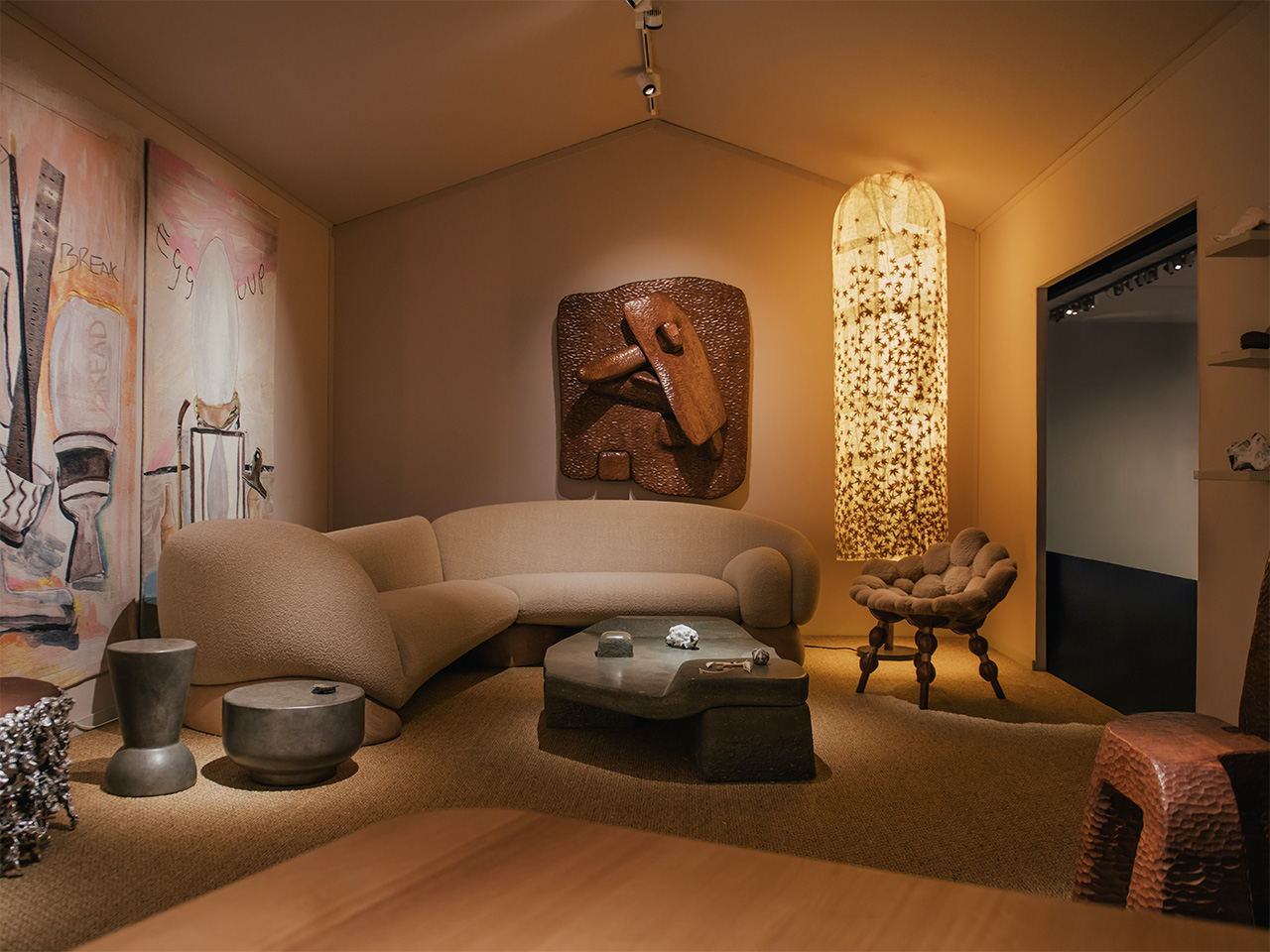
Bright ideas: Friedman Benda at Pad
Fourth-generation antiques dealer Patrick Perrin founded the original Pad in Paris in 1998. In 2007 the concept hopped across the Channel and has since developed a well-heeled fanbase of jet-setters who are hoping to kit out their Gstaad chalet with a one-off Finn Juhl table (as seen at Swedish gallery Modernity’s booth) or a Gio Ponti circular games table that would make for a great Christmas gift for that person who has it all (if this is your conundrum, Rose Uniacke is the contact). When I spoke to gallerists on the opening day of the fair, they euphorically hinted at how profitable their morning had been, pointing to furniture, lighting, artworks and high jewellery with price tags north of £20,000 (€23,000) being snapped up. It turns out that money can buy taste if you know which galleries to turn to.
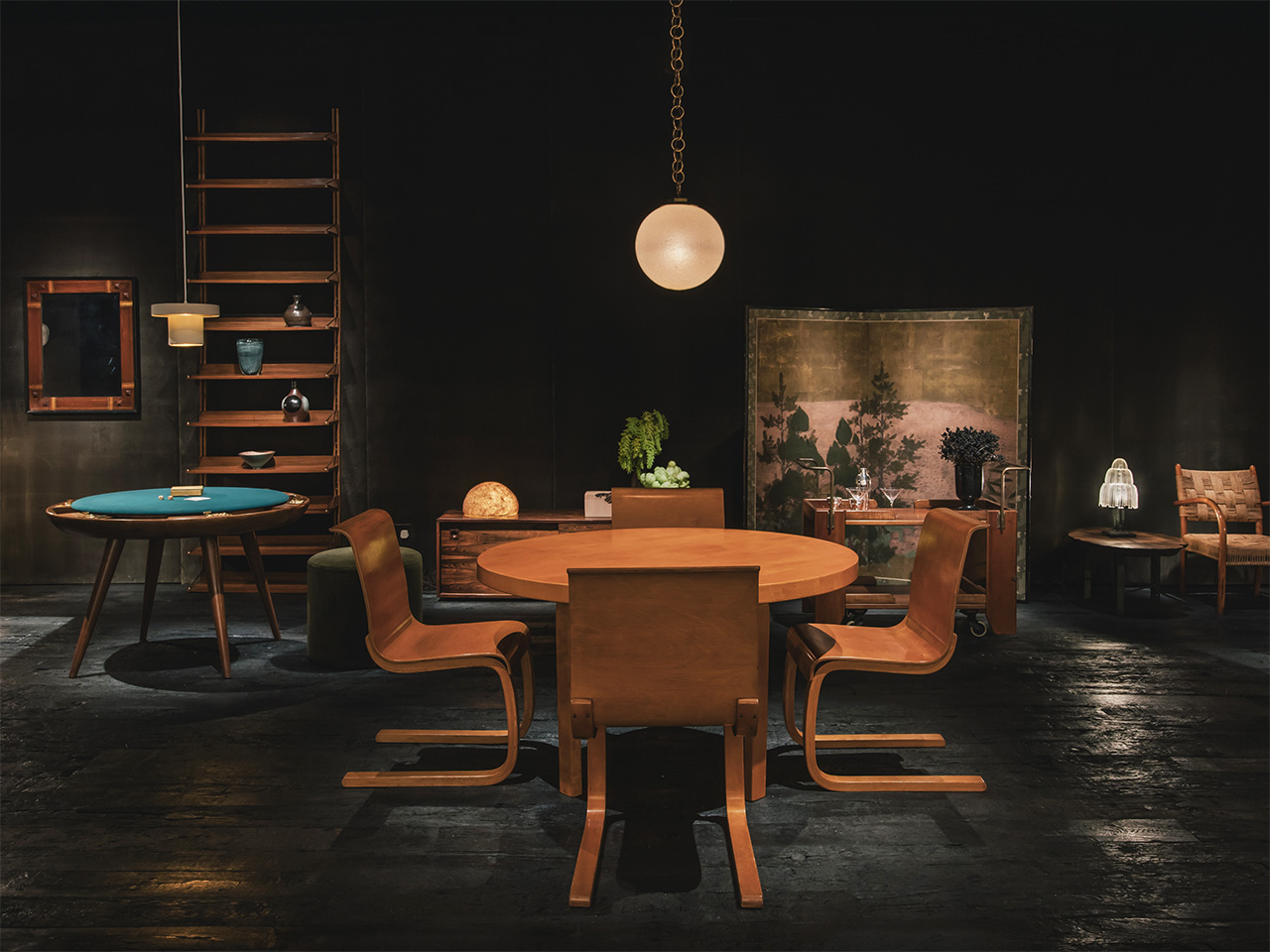
Table talk: A dining-room set-up from Rose Uniacke
As I was walking from stand to stand, people-watching almost eclipsed the joy of spotting a metal, bird-shaped table by French artist François-Xavier Lalanne. Despite much-reported (and somewhat debunked) concerns that the rich are upping sticks from the UK capital for tax-free pastures, those shopping their way through Pad London were an international crowd who still own boltholes off Kensington High Street. It’s no surprise that Pad originates in Paris, where craft continues to be valued. This is why we chose the City of Lights as one of our top creative communities in Monocle’s new, delightfully glossy Design Directory – an annual publication dedicated to the people and places that contribute to the industry. If you have inherent (as well as purchased) good taste, it’s worth picking up a copy. Maybe our next edition could include a guide to running a fair.
Grace Charlton is Monocle’s associate editor (design and fashion). For more opinion, analysis and insight, subscribe to Monocle today.
|
|
Edo Tokyo Kirari  MONOCLE MONOCLE
|
|
the list: ‘Monocle Design Directory’
Three best-in-class designs to have on your radar
For our inaugural Monocle Design Directory, which is available now, we rounded up 20 projects and ideas that have caught our eye, from new wine bars and hotels to offices and retail openings. Here’s a peek at three of our favourites.
Stay here
Casa Montelongo, Fuerteventura, Canary Islands
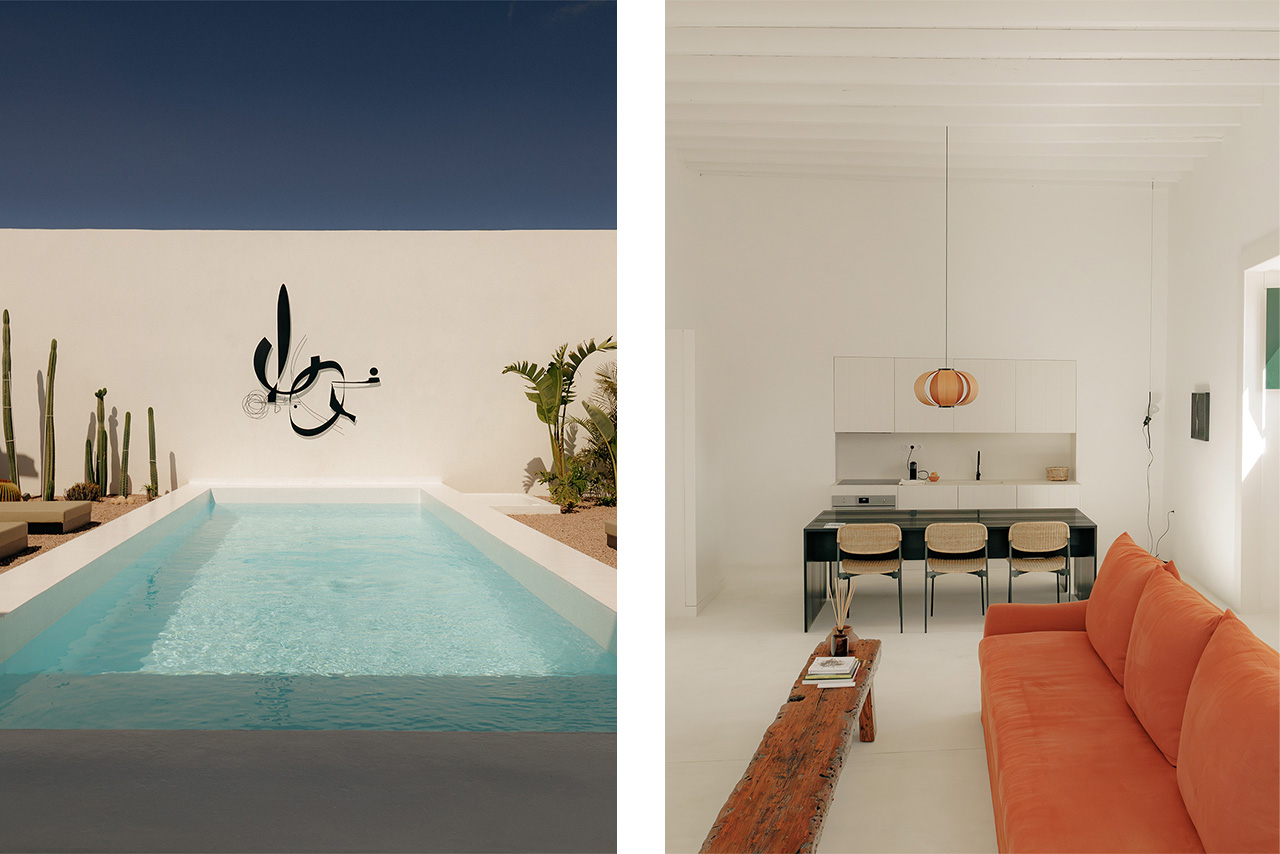
Designed by Lanzarote-born, Berlin-based architect Néstor Pérez Batista, this micro hotel in Fuerteventura artfully combines tradition and modernity, offering guests the chance to truly slow down.
Buy this
PAL + BT by Tivoli Audio, Boston
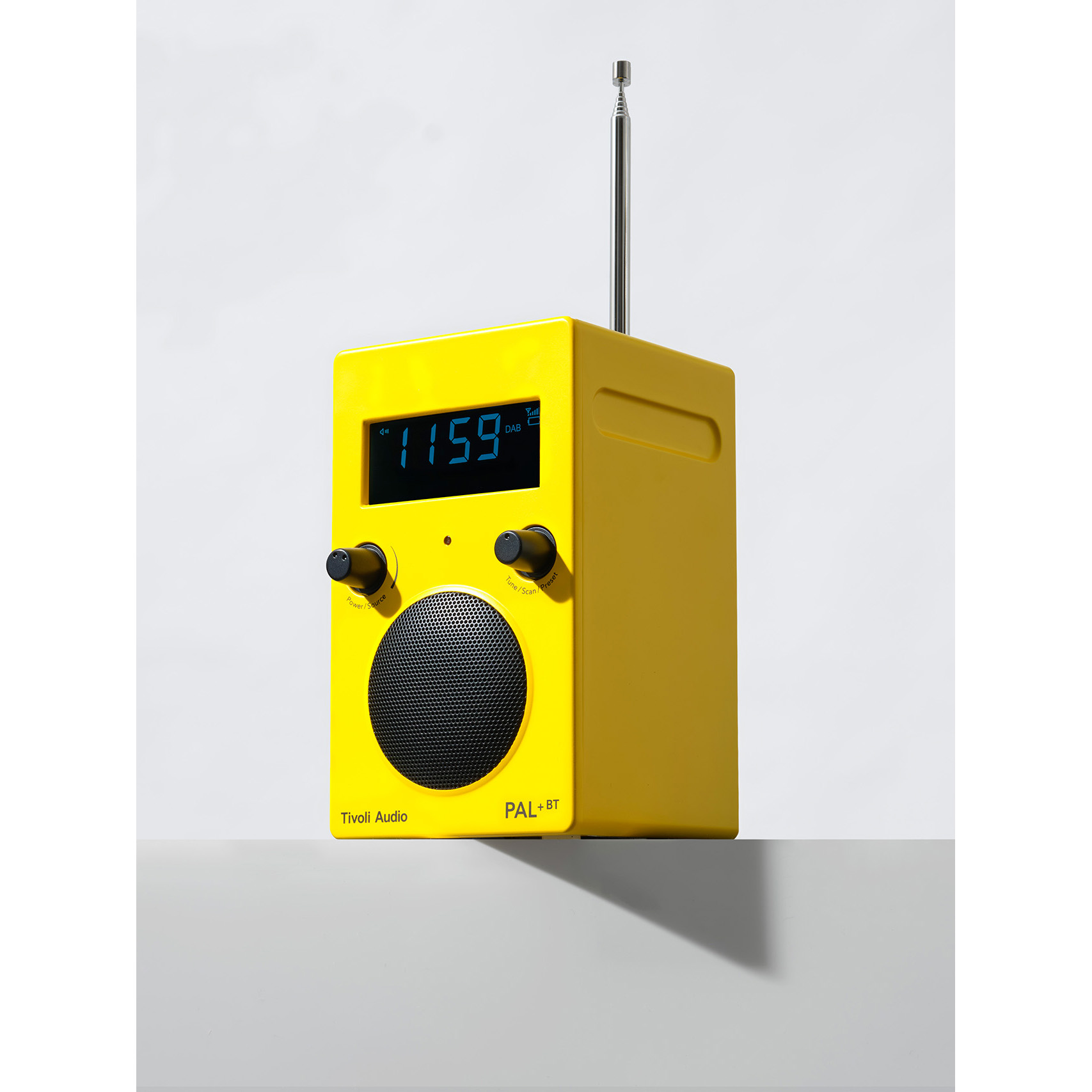
This portable radio from Tivoli Audio is a charming throwback that’s packed with contemporary features.
Shelter here
Los Angeles Bus Shelter, Los Angeles
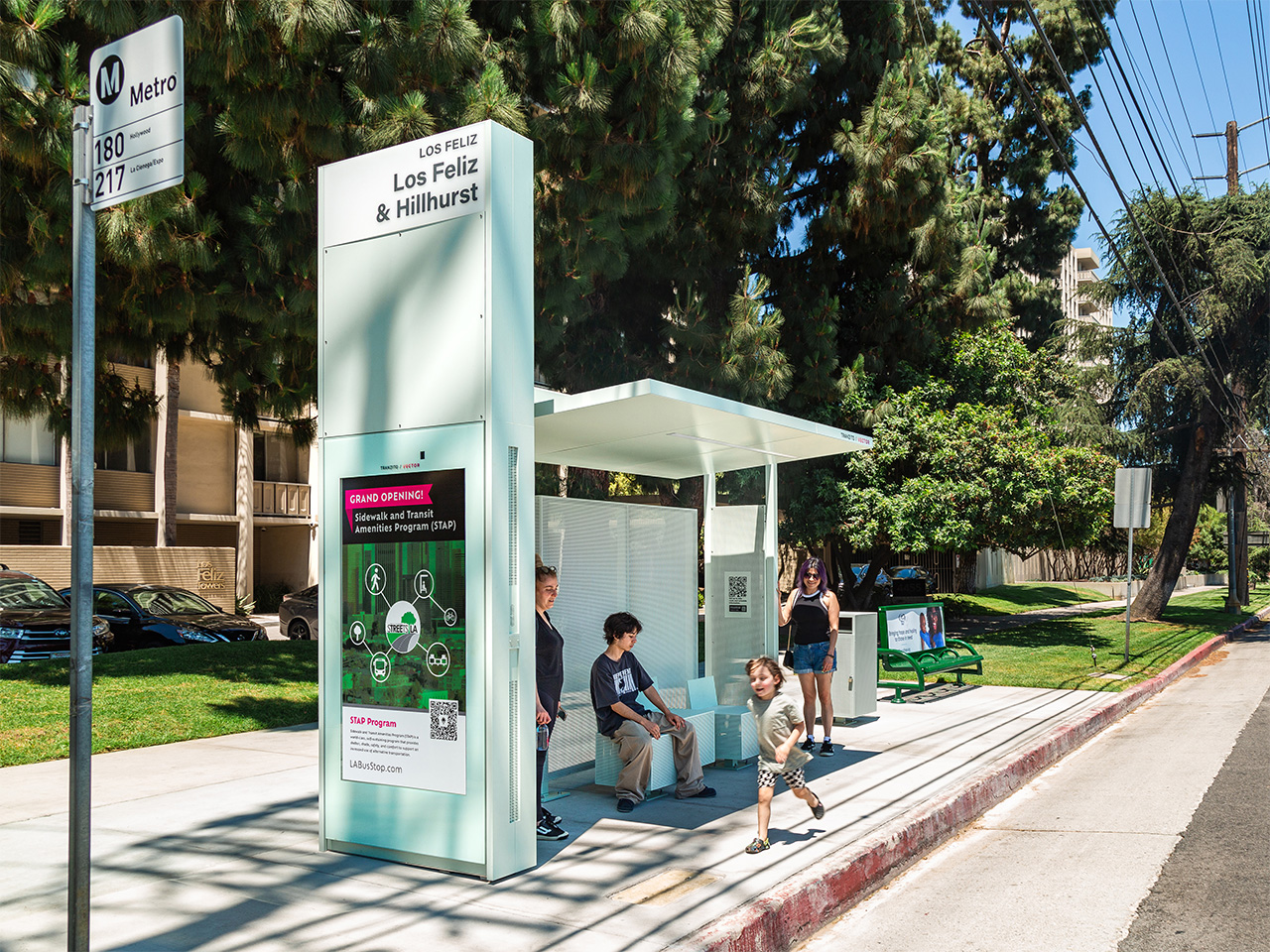
The city’s bus shelters have been given a long-overdue revamp, offering real-time arrivals information, as well as some very welcome shade.
To read more about each of these and more, pick up your copy today. Subscribers can check out our top-20 design discoveries in full online now.
|
|
• • • • • DAILY TREAT • • • • •
Visit Fondation Cartier’s new home
Paris’s Fondation Cartier pour l’art contemporain has new digs. The private foundation was created in 1984 by the then-president of Cartier International, Alain-Dominique Perrin. It was the first institution of its kind in France dedicated to contemporary art.
While the exterior of the historic building, erected in 1855 as the Grand Hôtel du Louvre, has been preserved, the interior has been transformed by architect Jean Nouvel. It’s worth a trip for the architecture alone. “The foundation’s DNA won’t change,” says Grazia Quaroni, its director of collections. “But this new space allows us and artists to make every exhibition a platform for widening artistic horizons.”
fondationcartier.com
|
|
SPONSORED BY EDO TOKYO KIRARI
|
|
in print: ‘The Monocle Book of Designers on Sofas’
Bjarke Ingels on his harbour-inspired Brick sofa
The rise of Bjarke Ingels’s design practice mirrors the revival of Copenhagen’s harbour. “My journey as a practising architect ended up fully coinciding with the rediscovery of the area,” says Ingels, whose connection with his hometown’s waterfront is reflected in his choice of home – a houseboat – and his sofa, which resembles a stack of sandbags used to prevent flooding. Even when he was a student, the harbour was front and centre in his life. The designer attended the Royal Danish Academy of Fine Arts in Copenhagen’s portside Holmen district, home to a former military base that was active at the time.
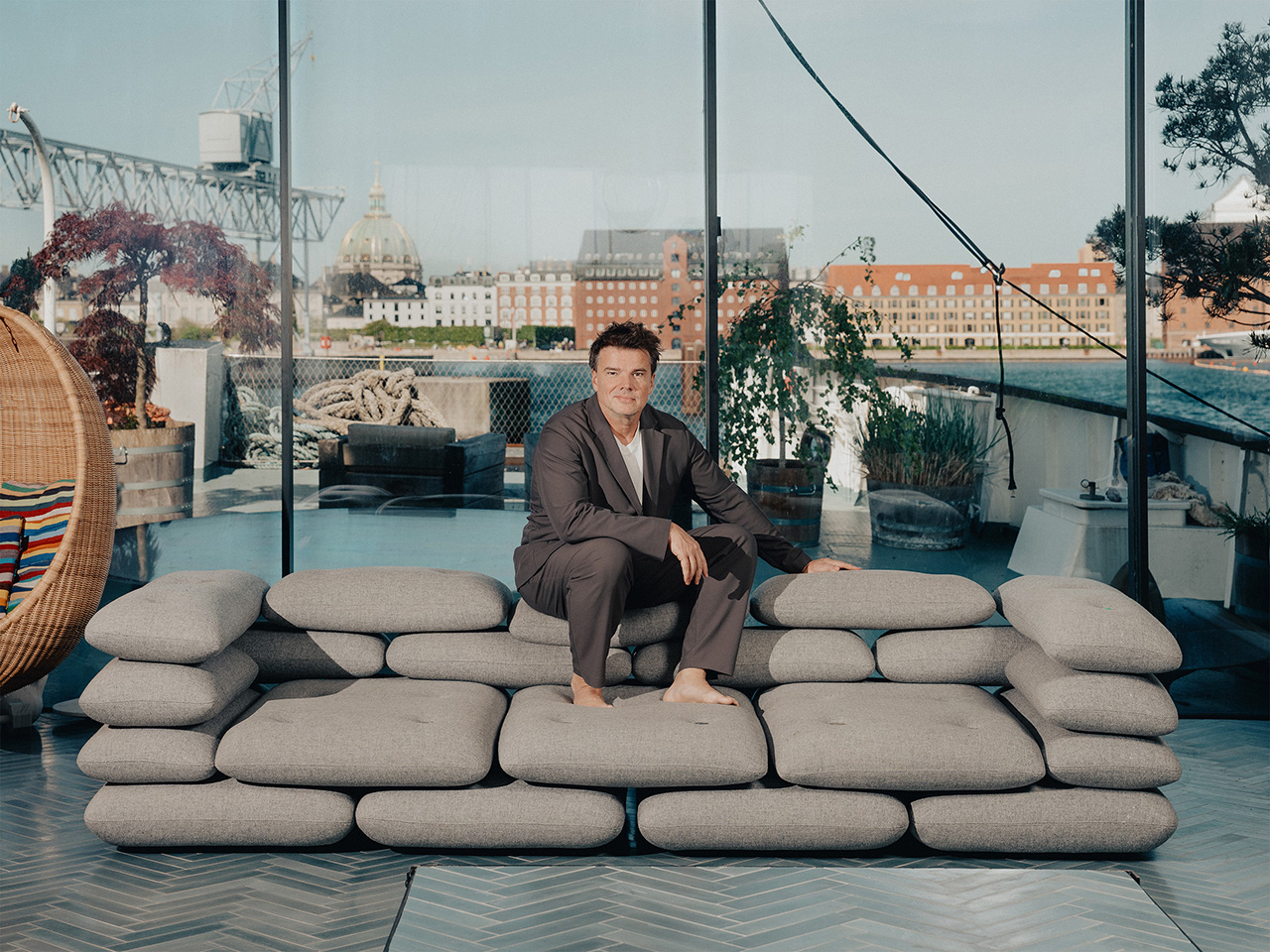
Tight ship: Bjarke Ingels’s Copenhagen houseboat
His houseboat – a 38-metre-long decommissioned ferry called Bukken Bruse – has been entirely reimagined. The roof has a sprawling terrace, while the funnels and navigation bridges have been converted into a glass-enclosed pavilion that serves as the main bedroom. Outdoor terraces frame the living space, which was originally a car deck that could accommodate four vehicles side by side. Now it’s dominated by two Brick sofas, designed by Kibisi, the industrial-design group that Ingels runs with Jens Martin Skibsted and Lars Holme Larsen.
“When we were designing these, we asked, ‘What is the sofa, really?’” says Ingels. “It’s essentially a pile of pillows for maximum comfort. These Brick sofas are almost like sandbags – fortification to protect against floods.” The trio took that simple idea and extrapolated it into a sofa. Piles of pillows are held in place with fibre-concrete buttons and bound by mountain-climbing rope. “The idea of this sofa is that it’s just layers of pillows – two for the seat, two for the back. That’s it. It has a straightforwardness.”
In ‘The Monocle Book of Designers on Sofas’, we meet 50 celebrated creatives from across the globe who get cosy on their couches with their pets, partners and children. They tell us about their sofa choices – why they designed them, why they chose them, how they use them. Order your copy here.
|
|
Monocle Radio: THE STACK
The Washington Post’s executive editor, Matt Murray, and the premiere issue of the ‘Monocle Design Directory’
We speak with The Washington Post’s executive editor, Matt Murray, on his recent changes to the paper, plus Nic Monisse and Grace Charlton discuss the premiere issue of the Monocle Design Directory.
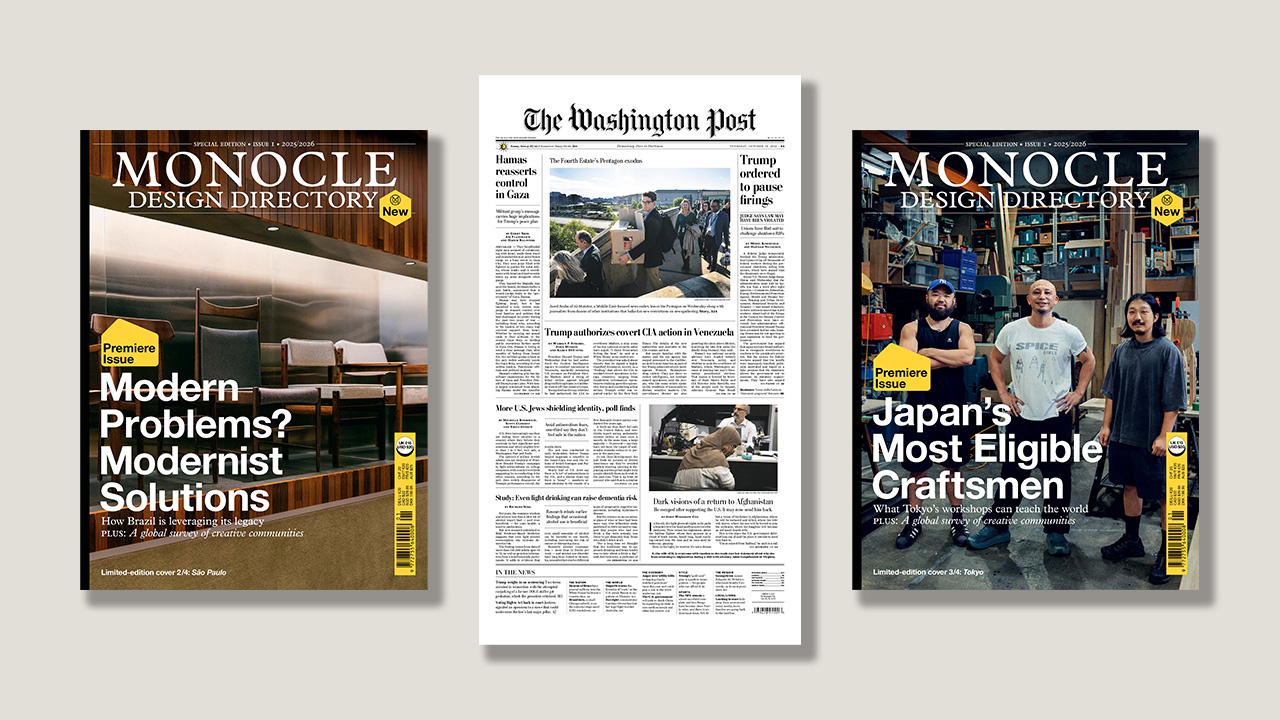
| | | | |